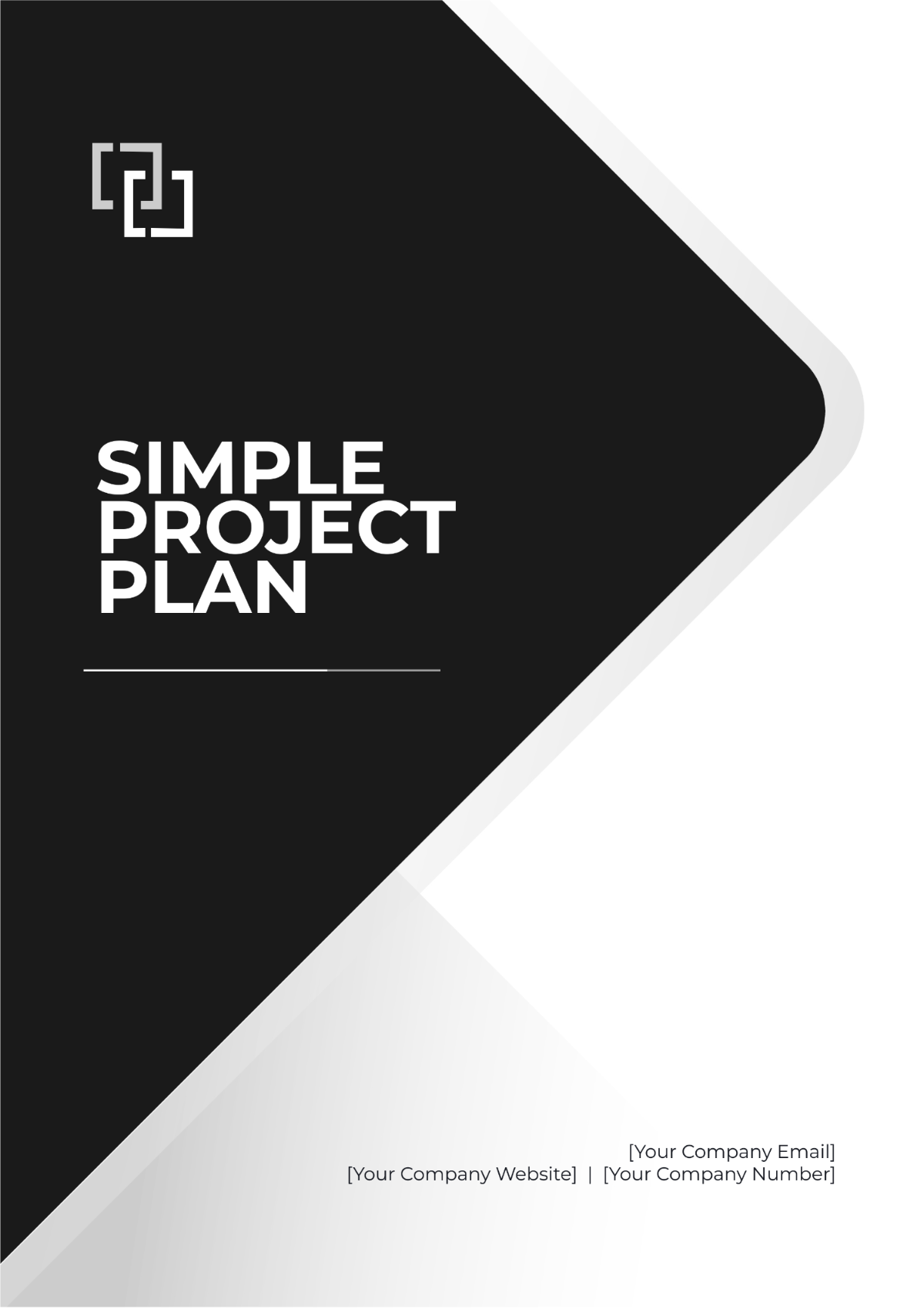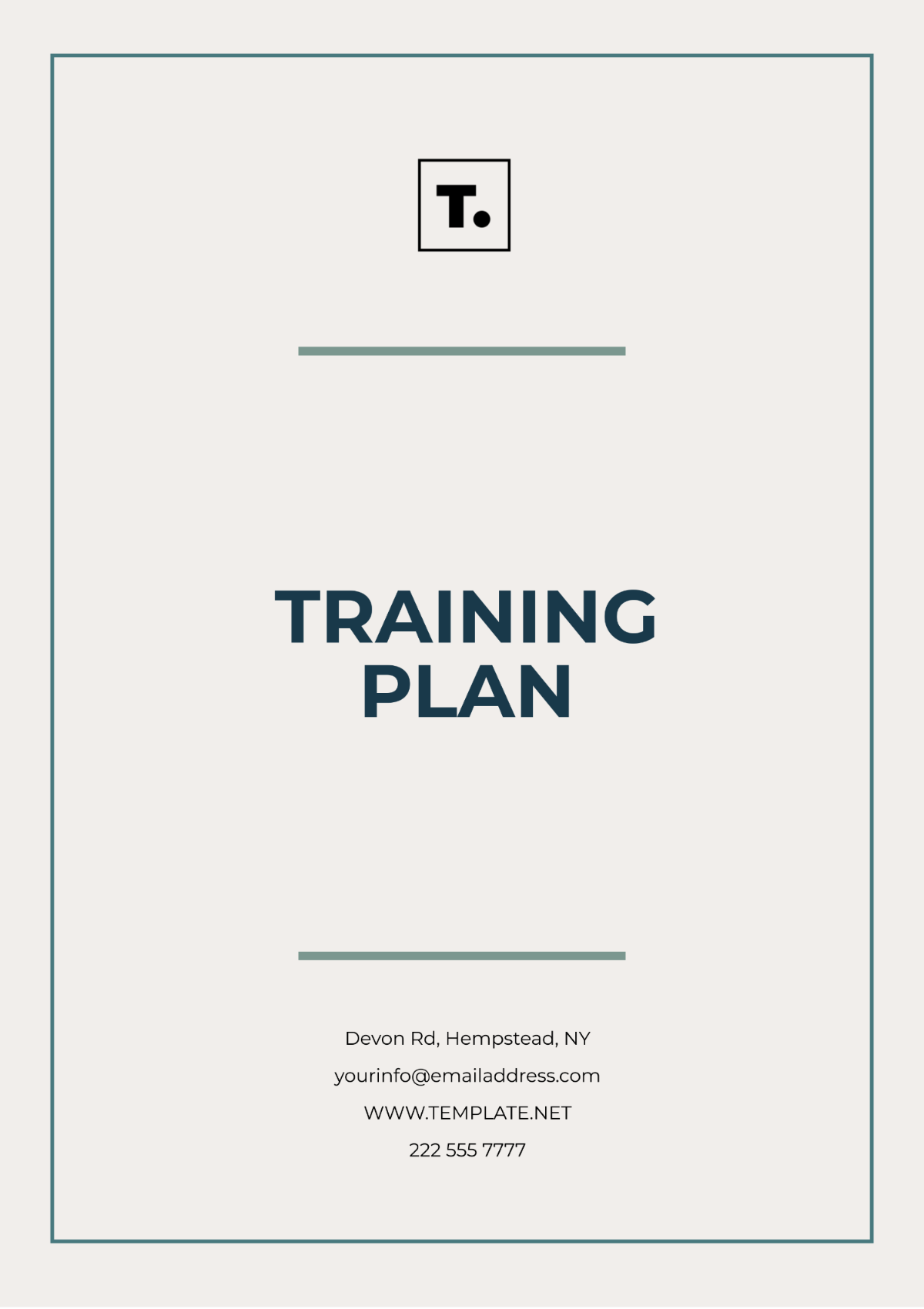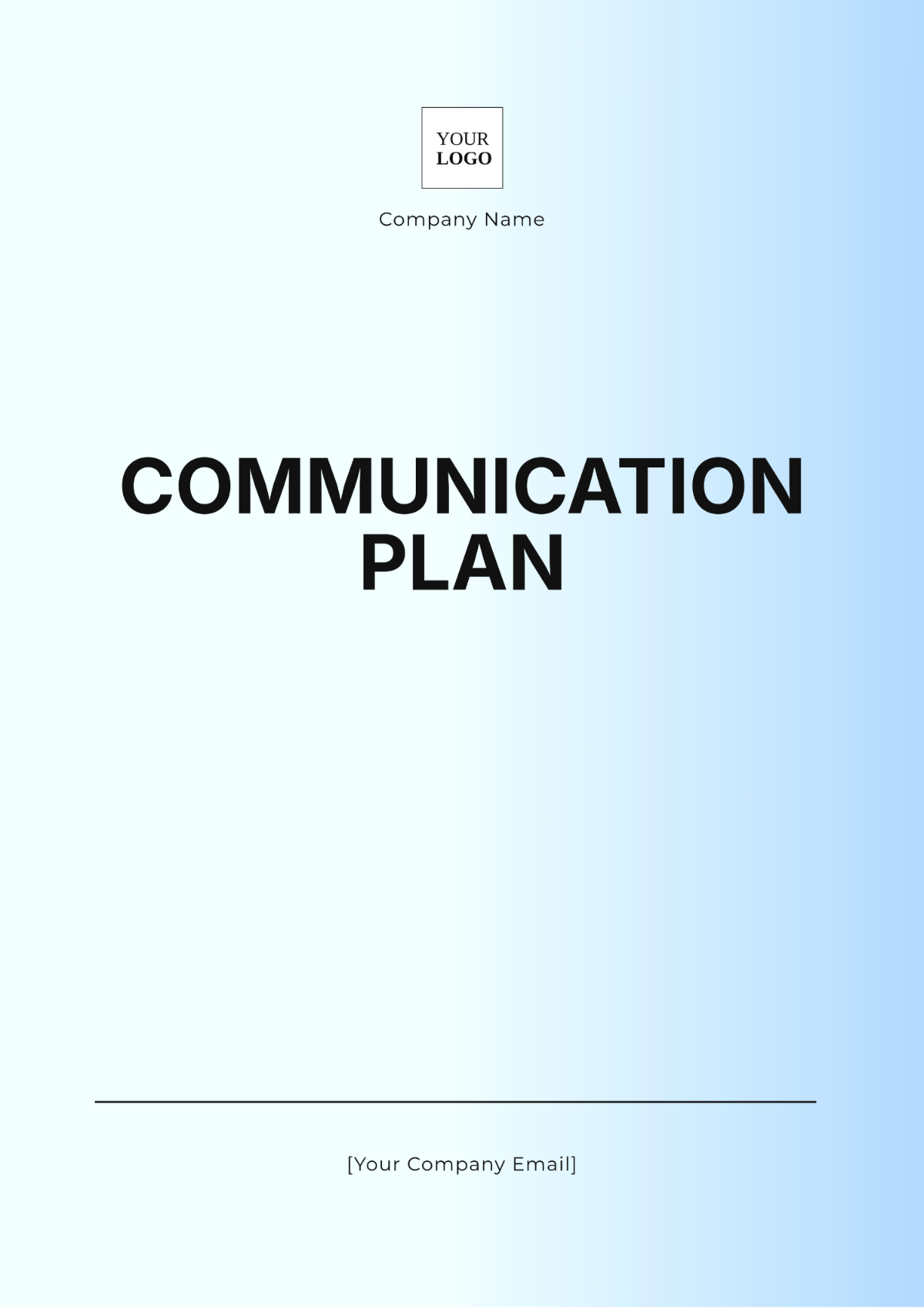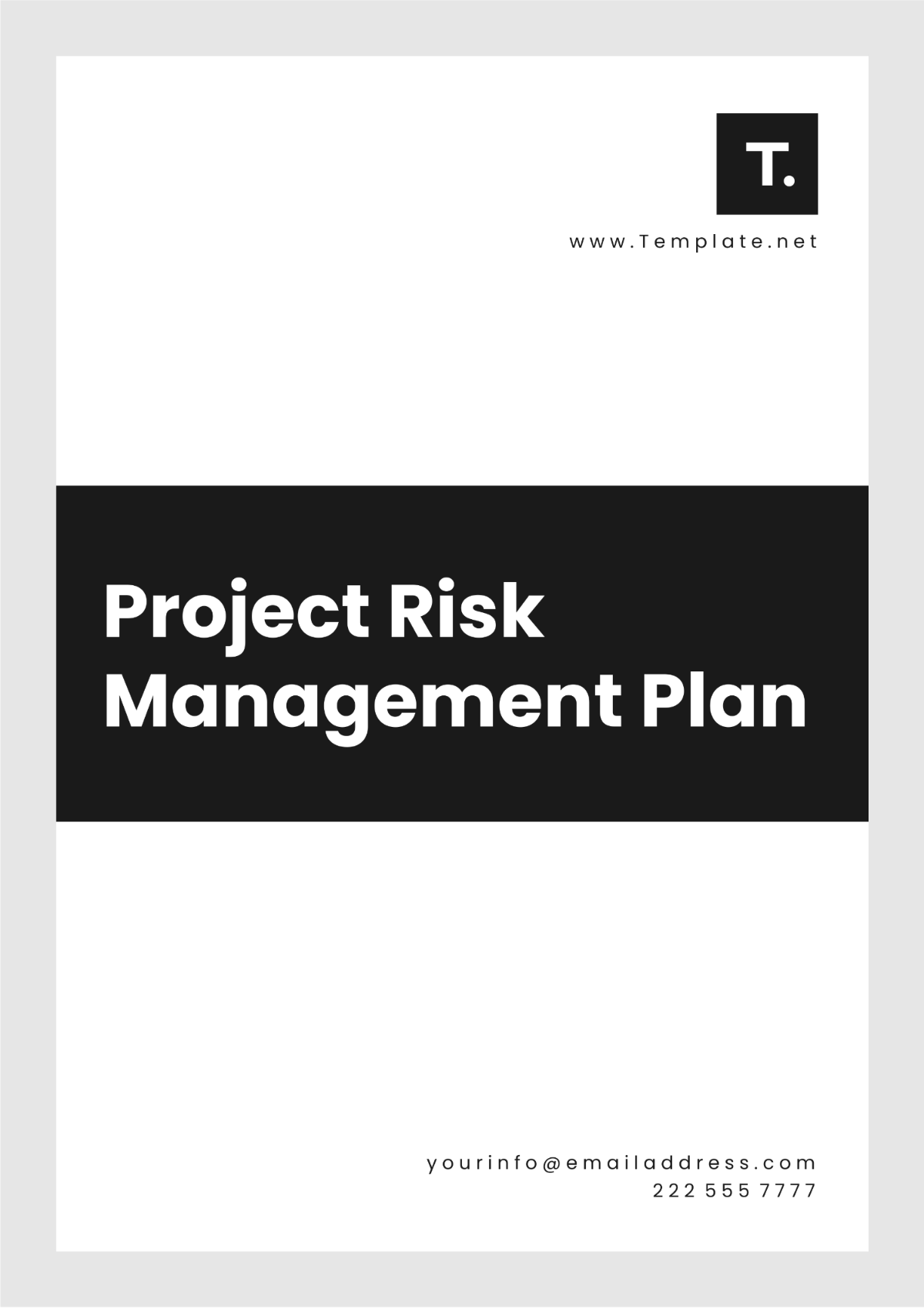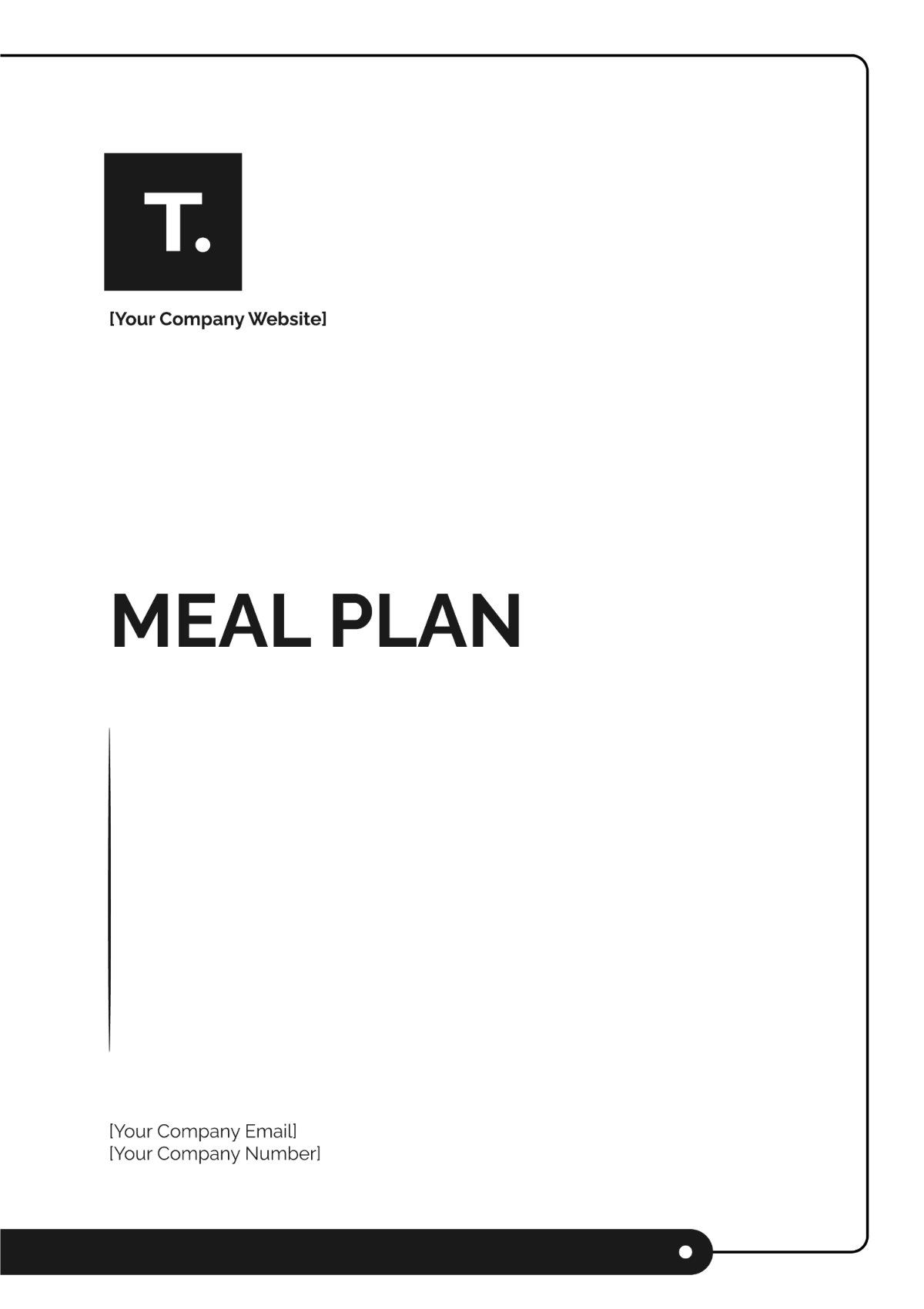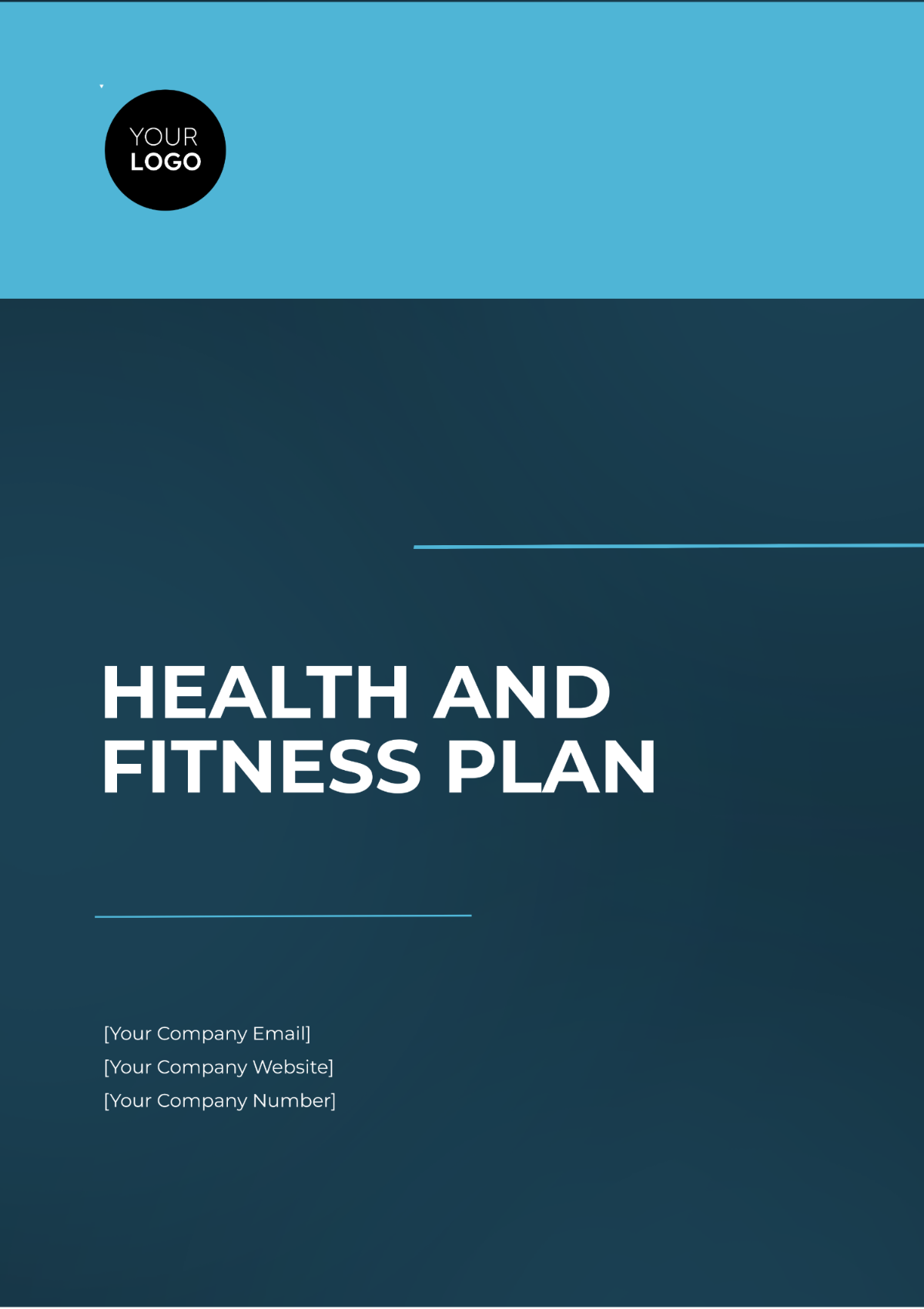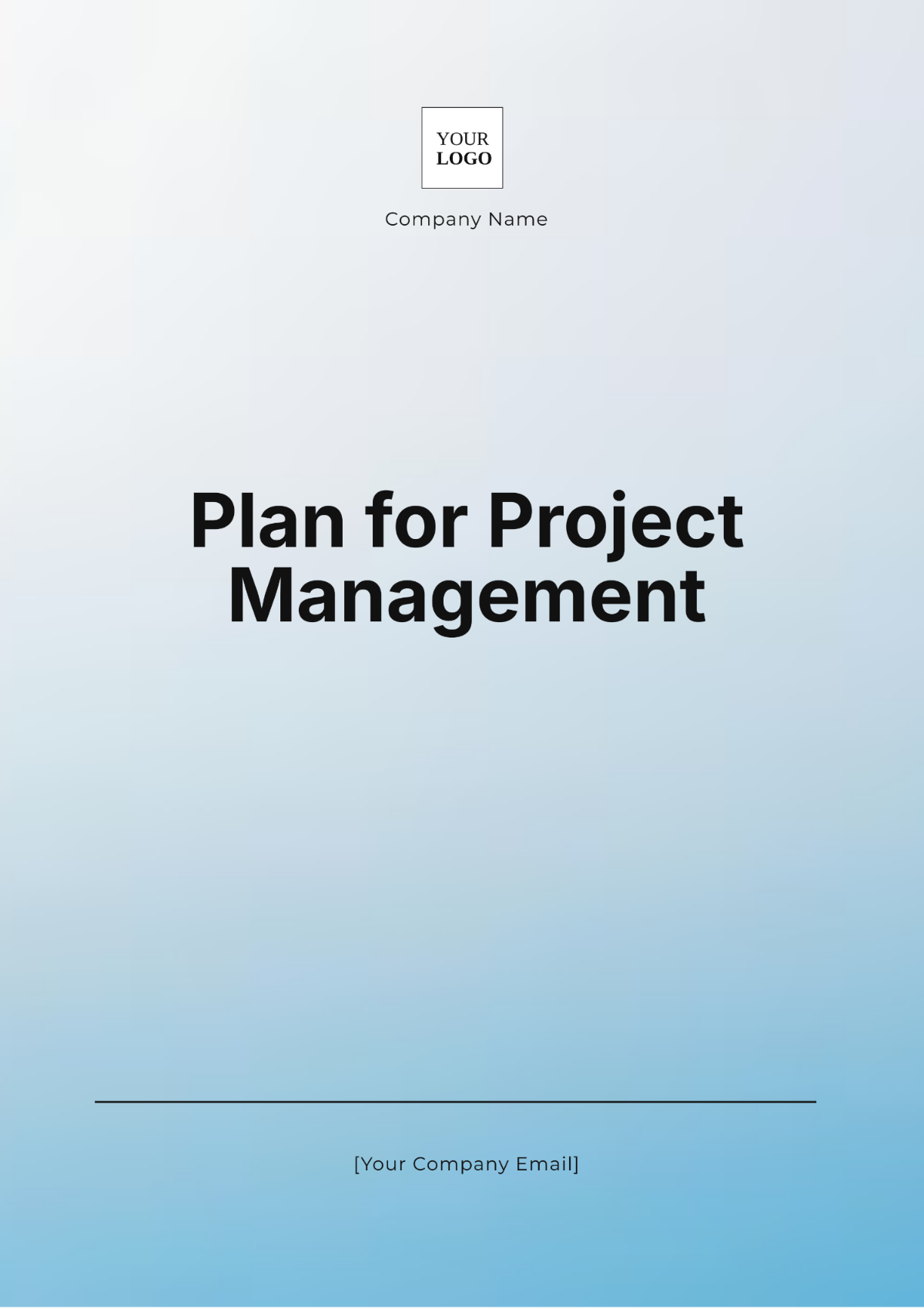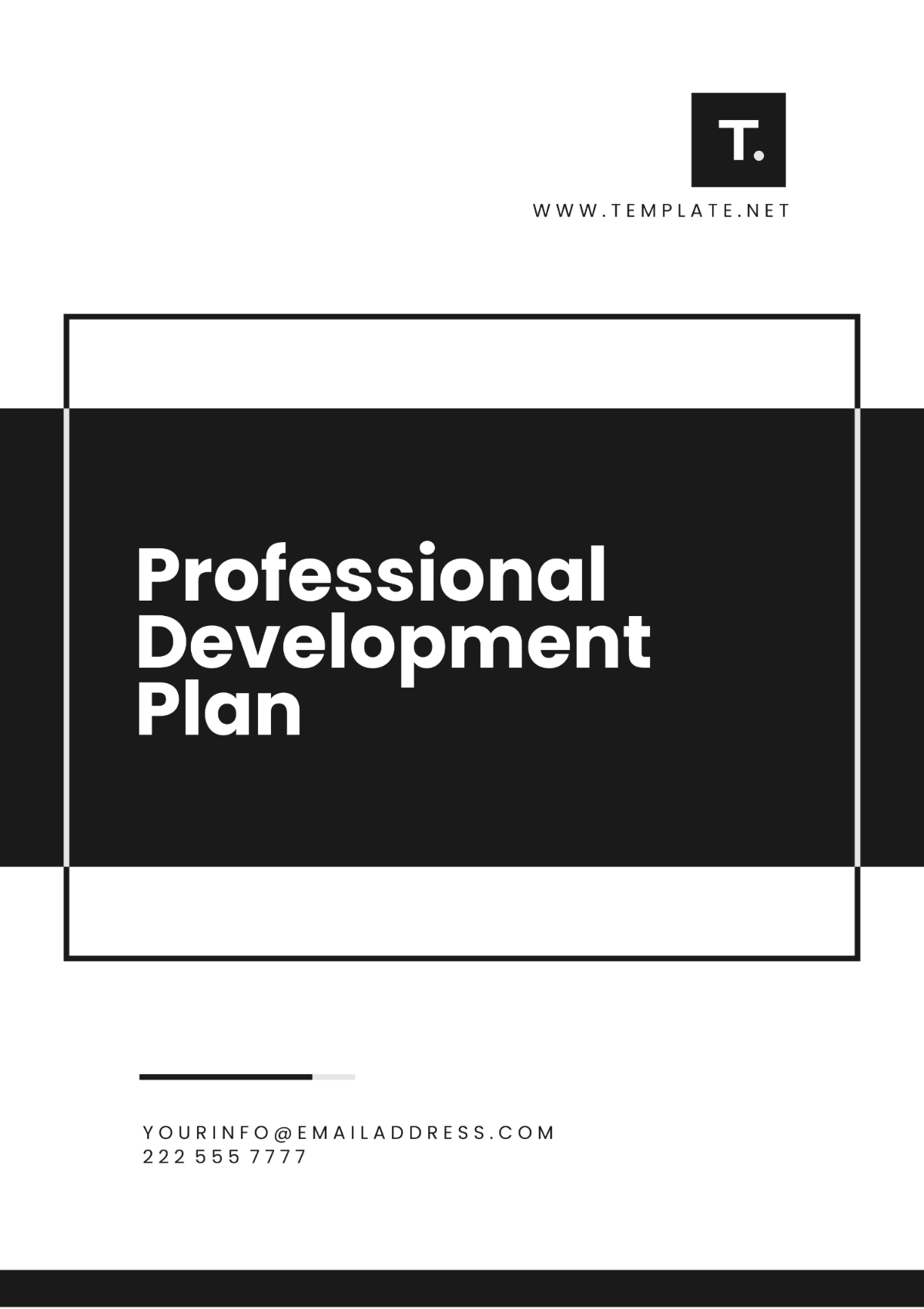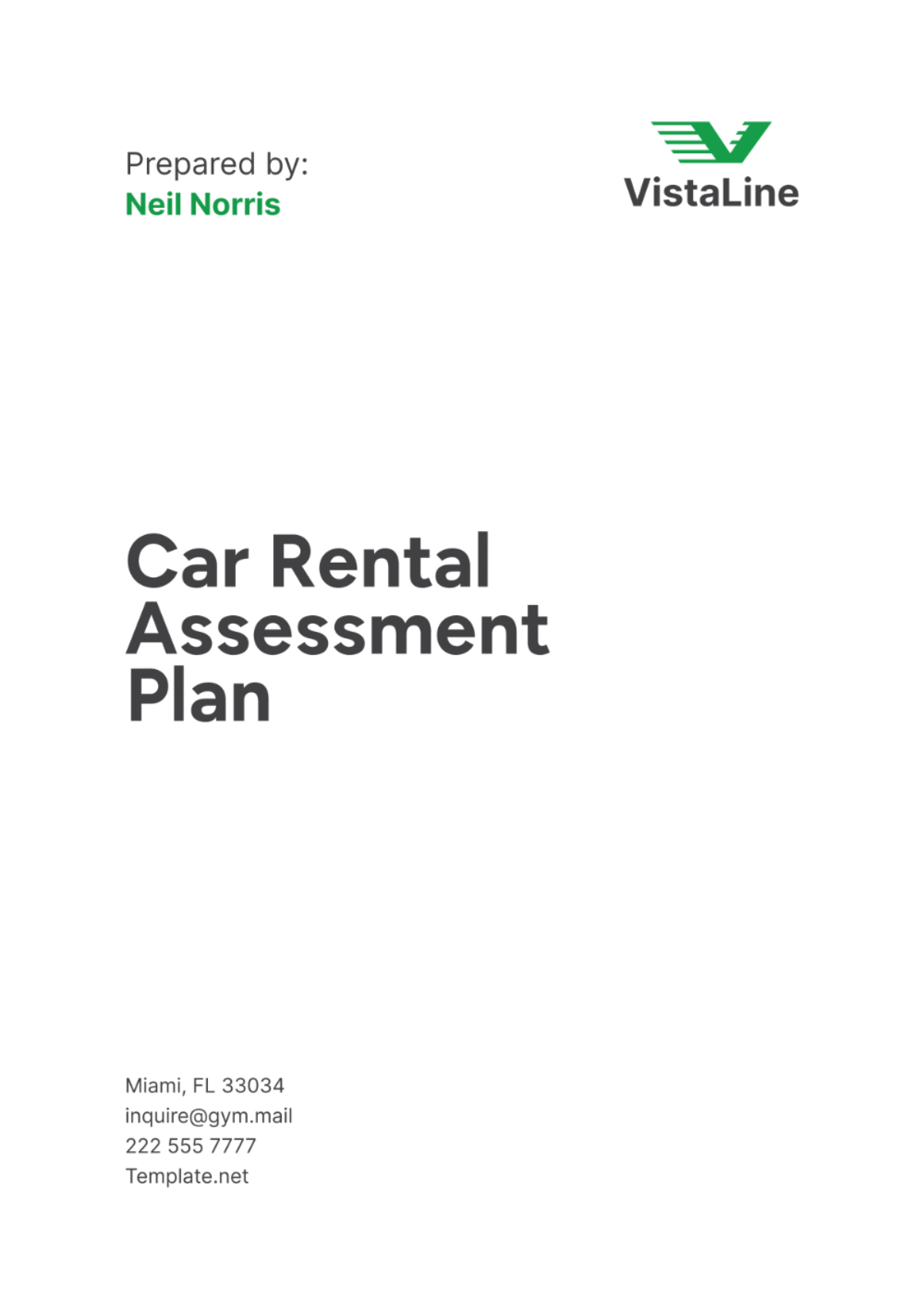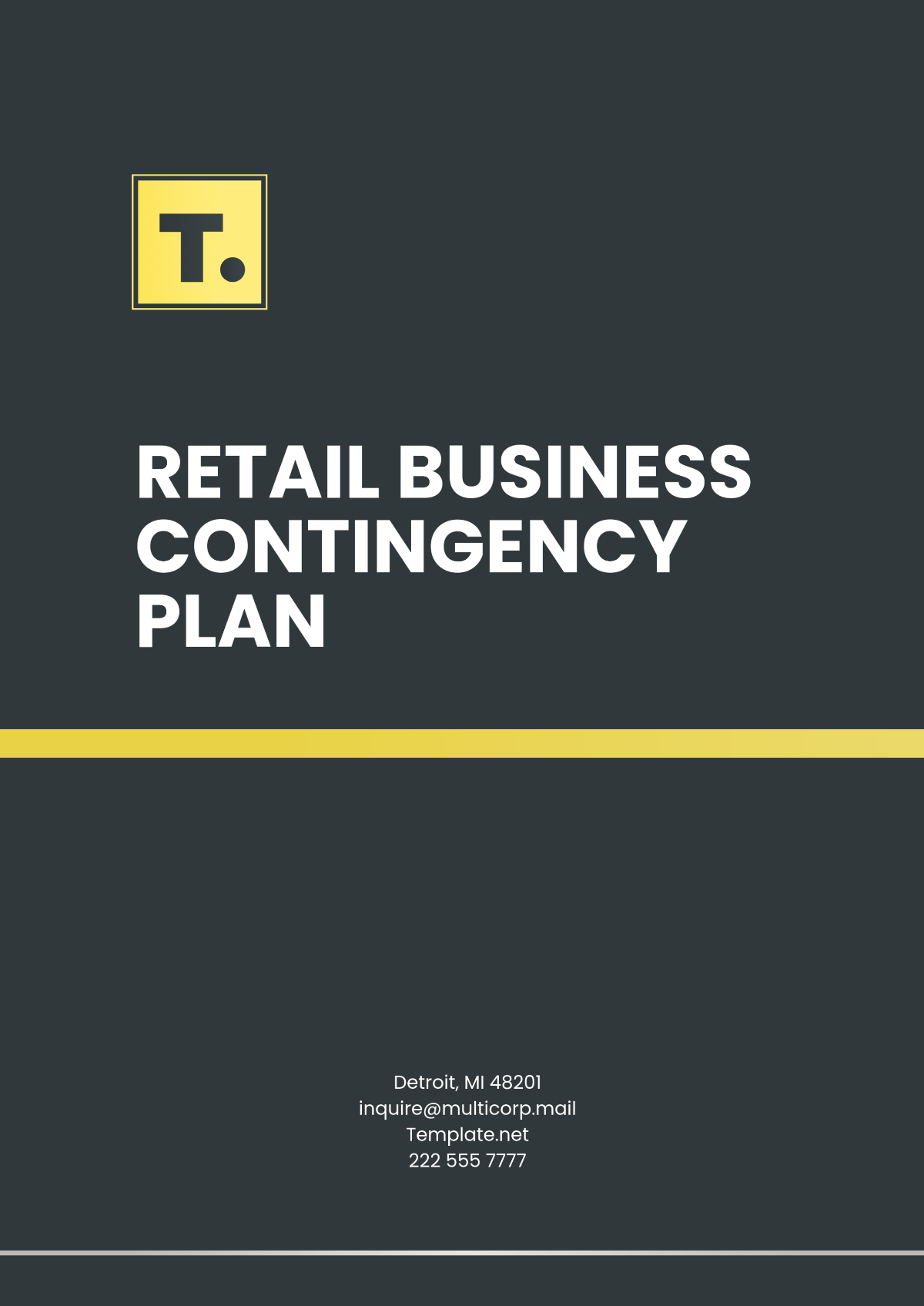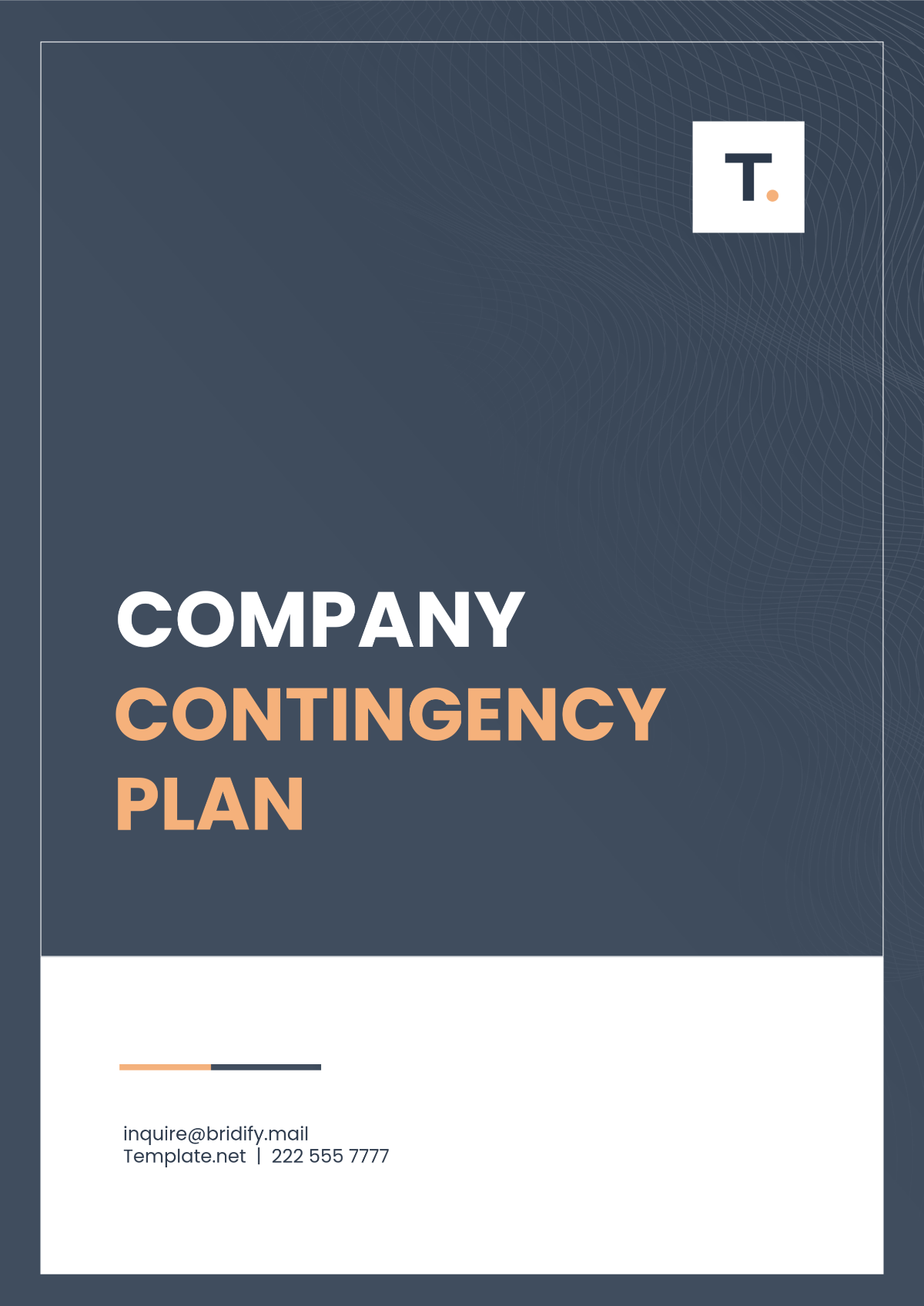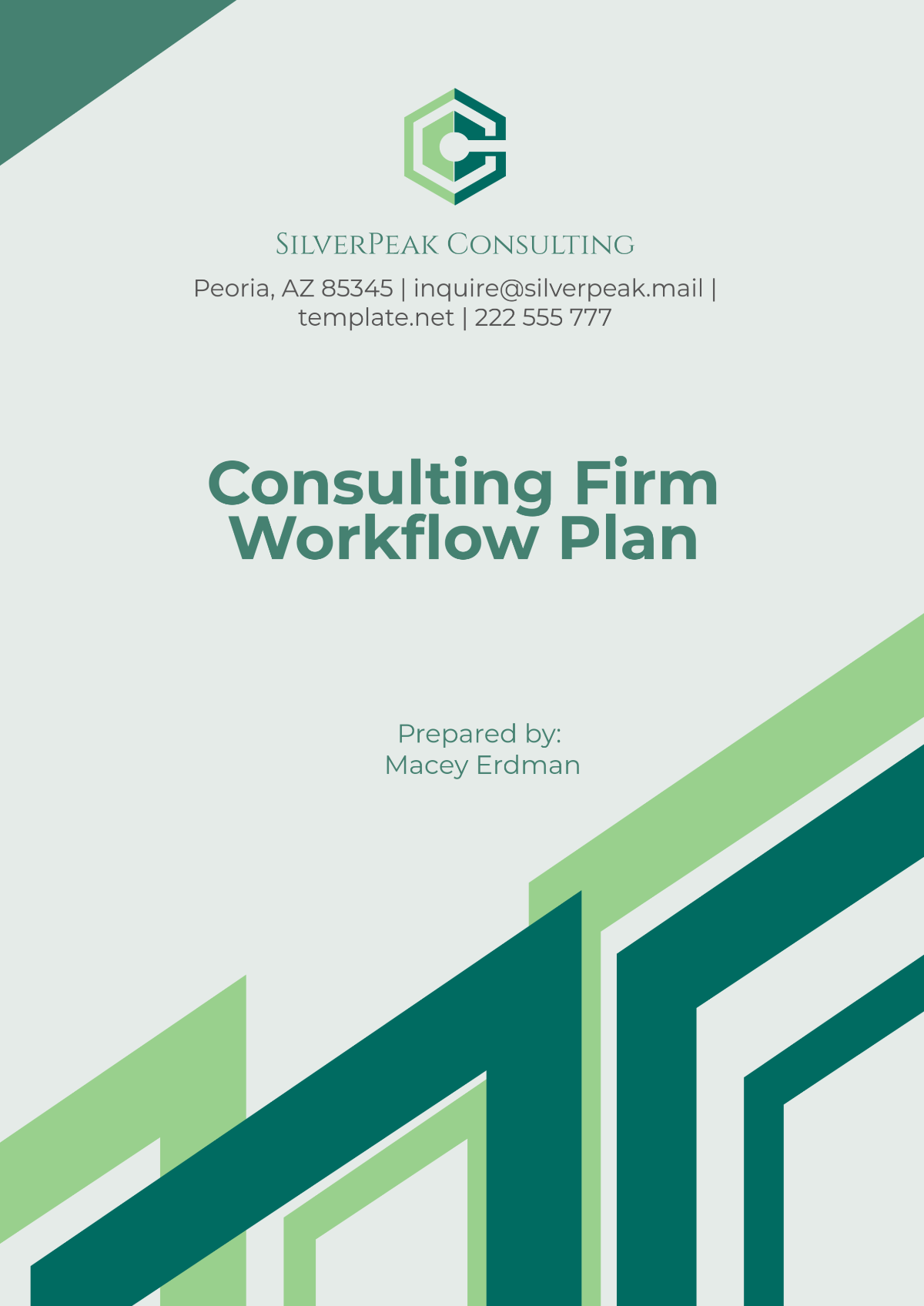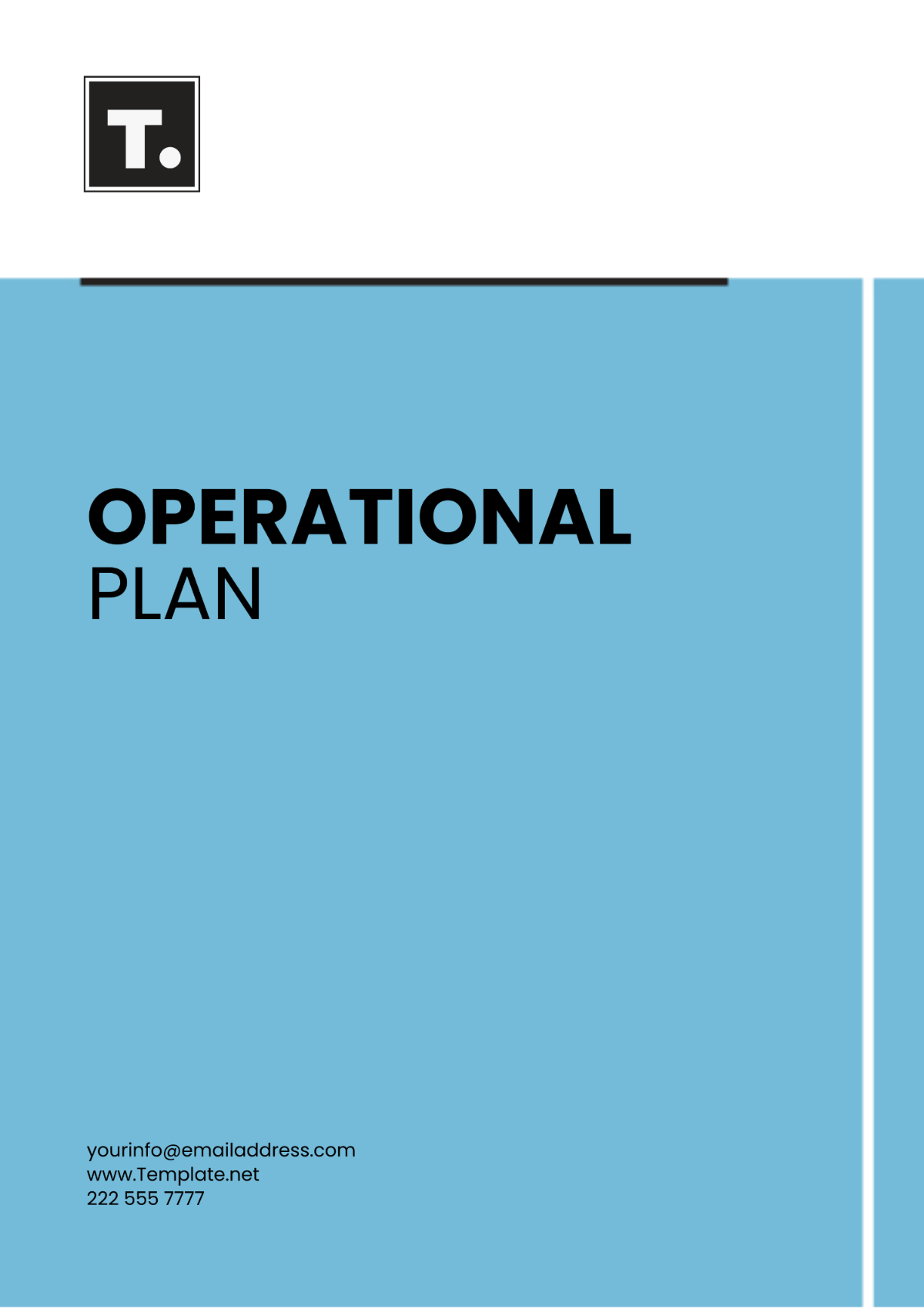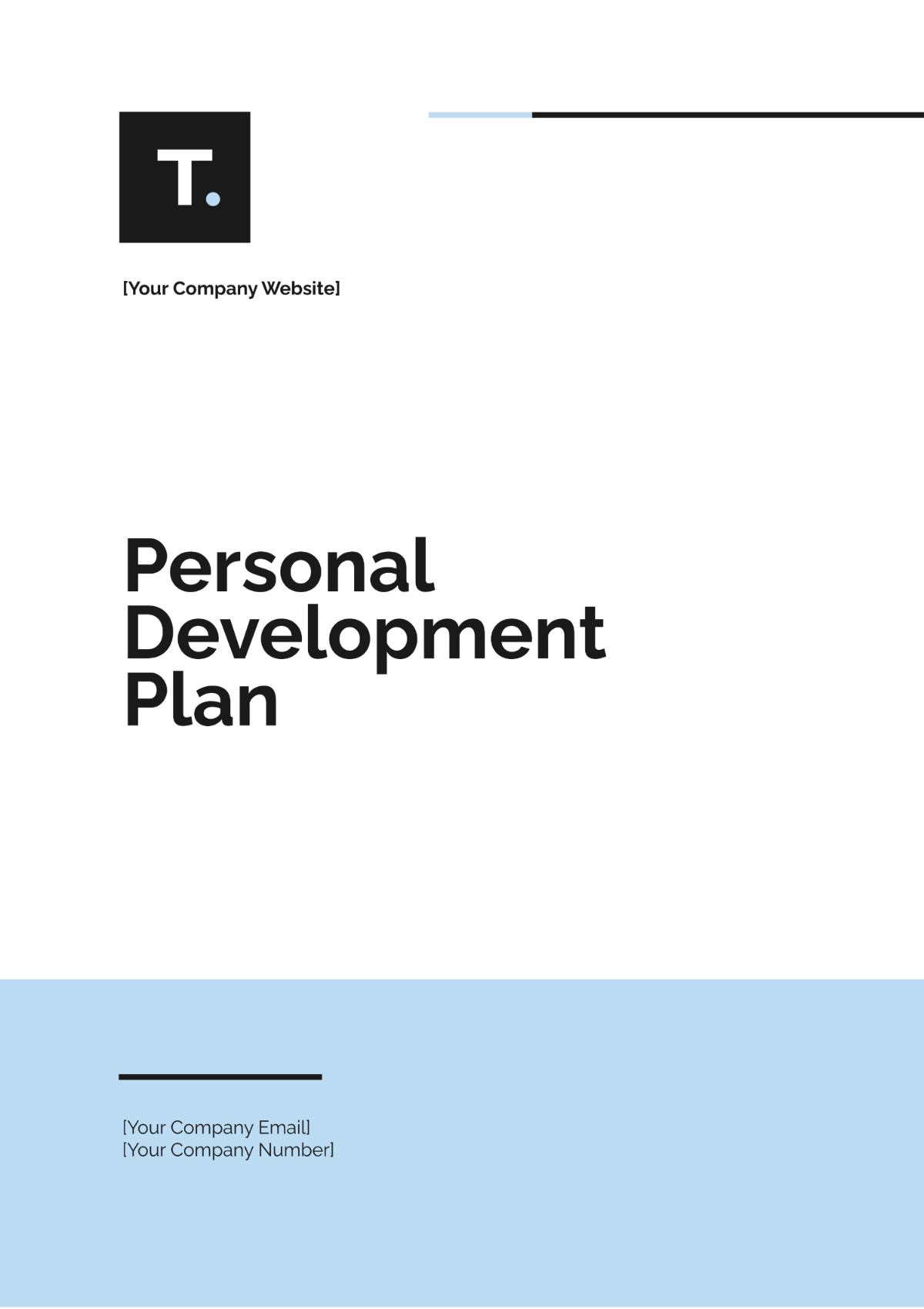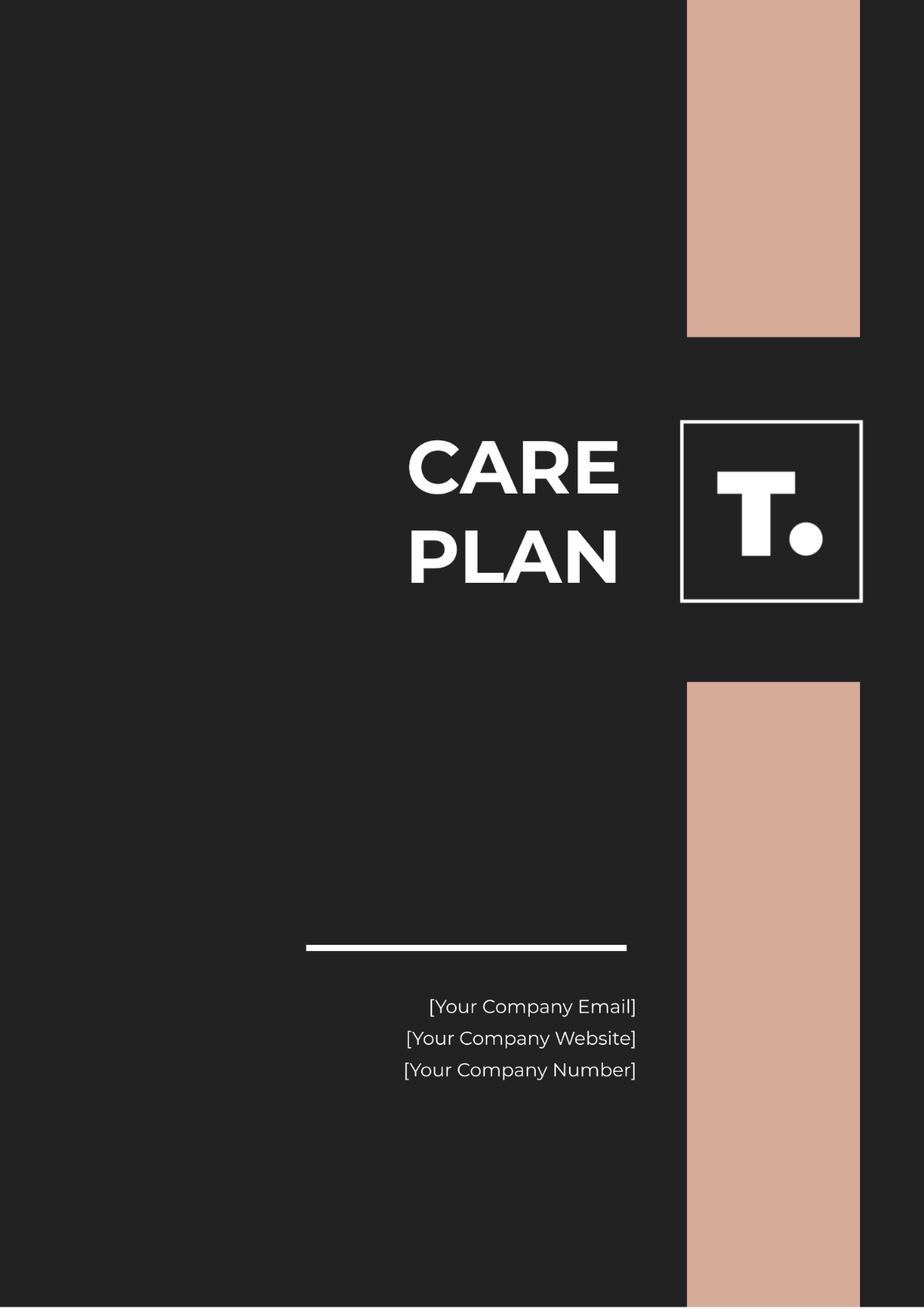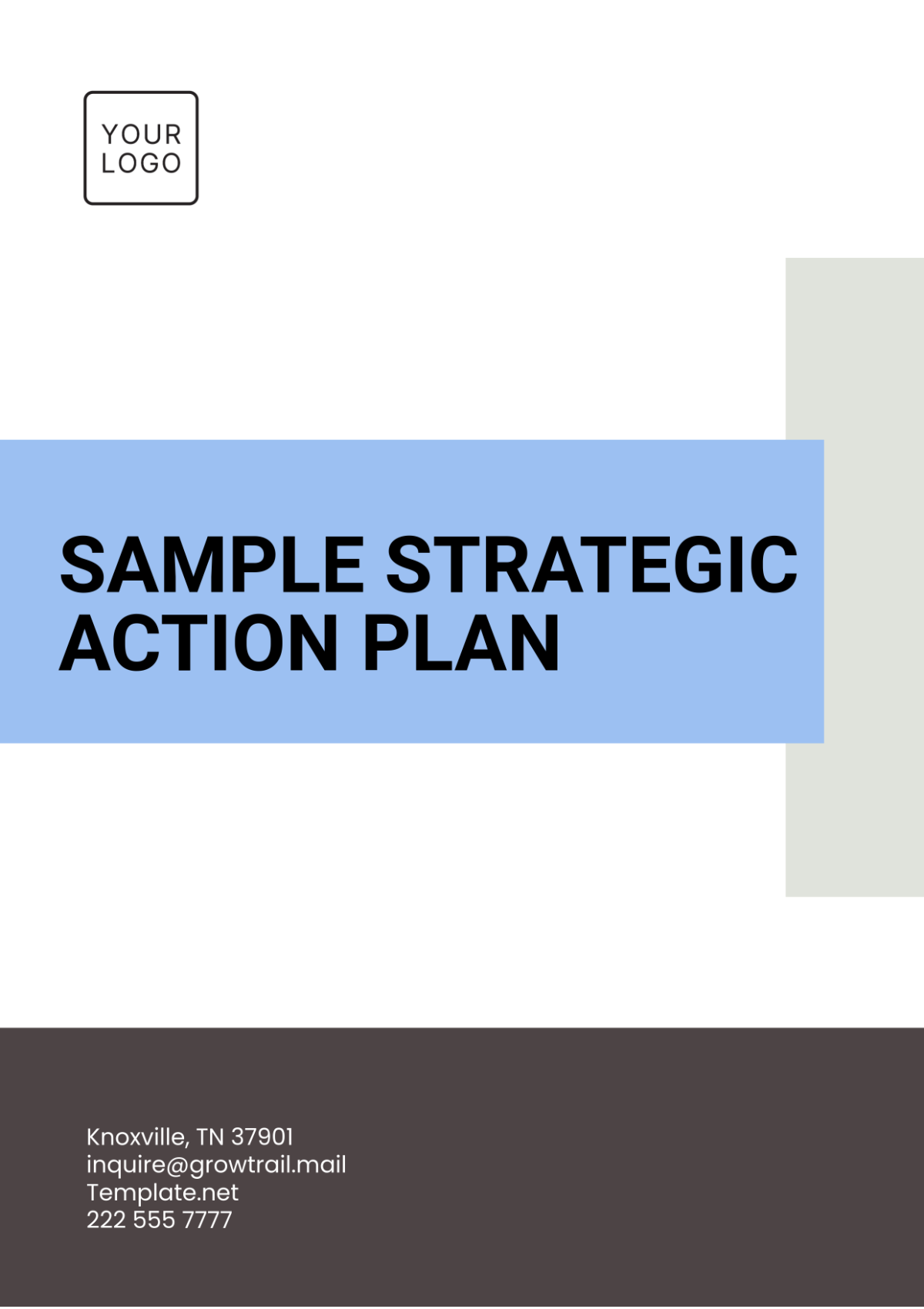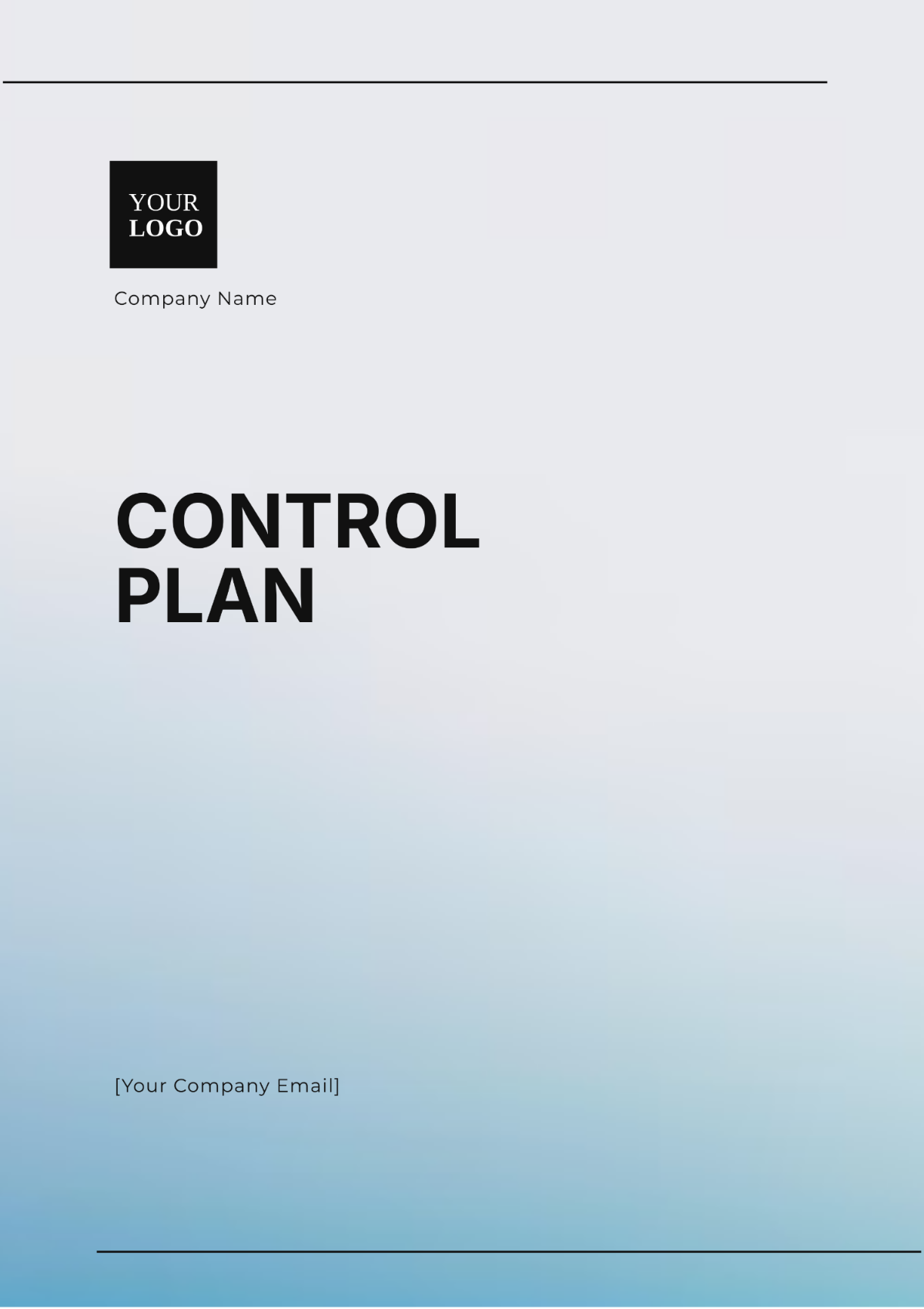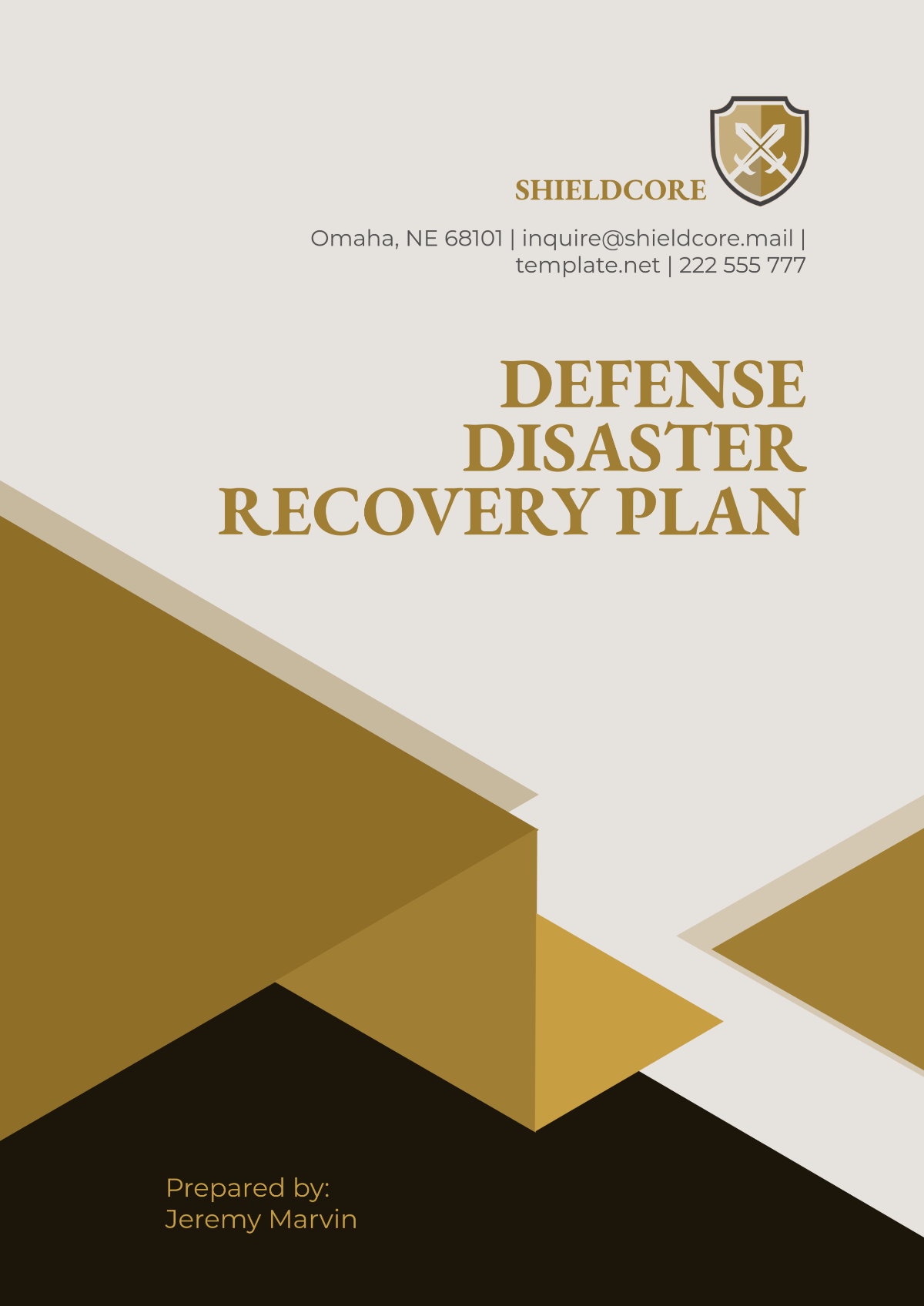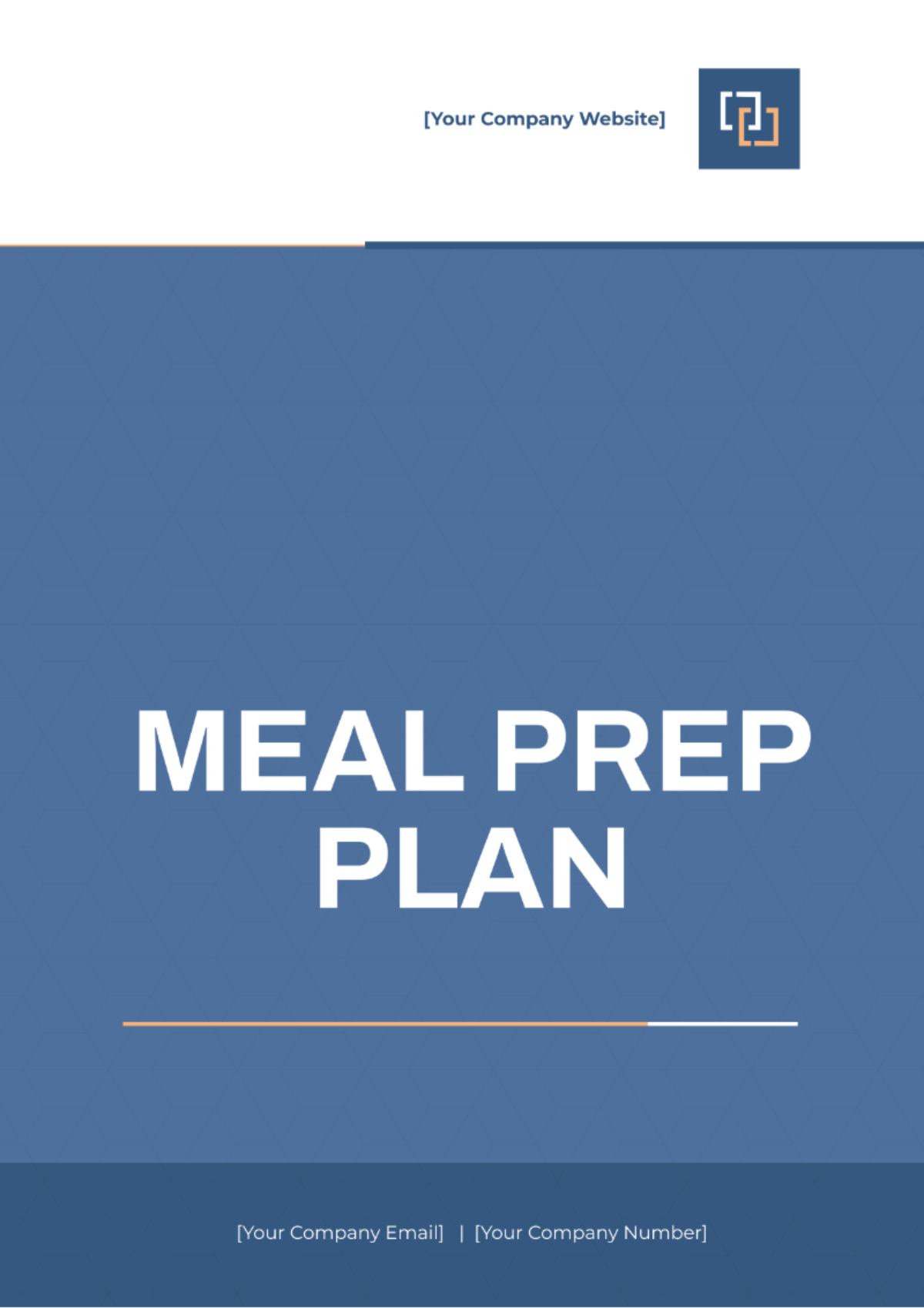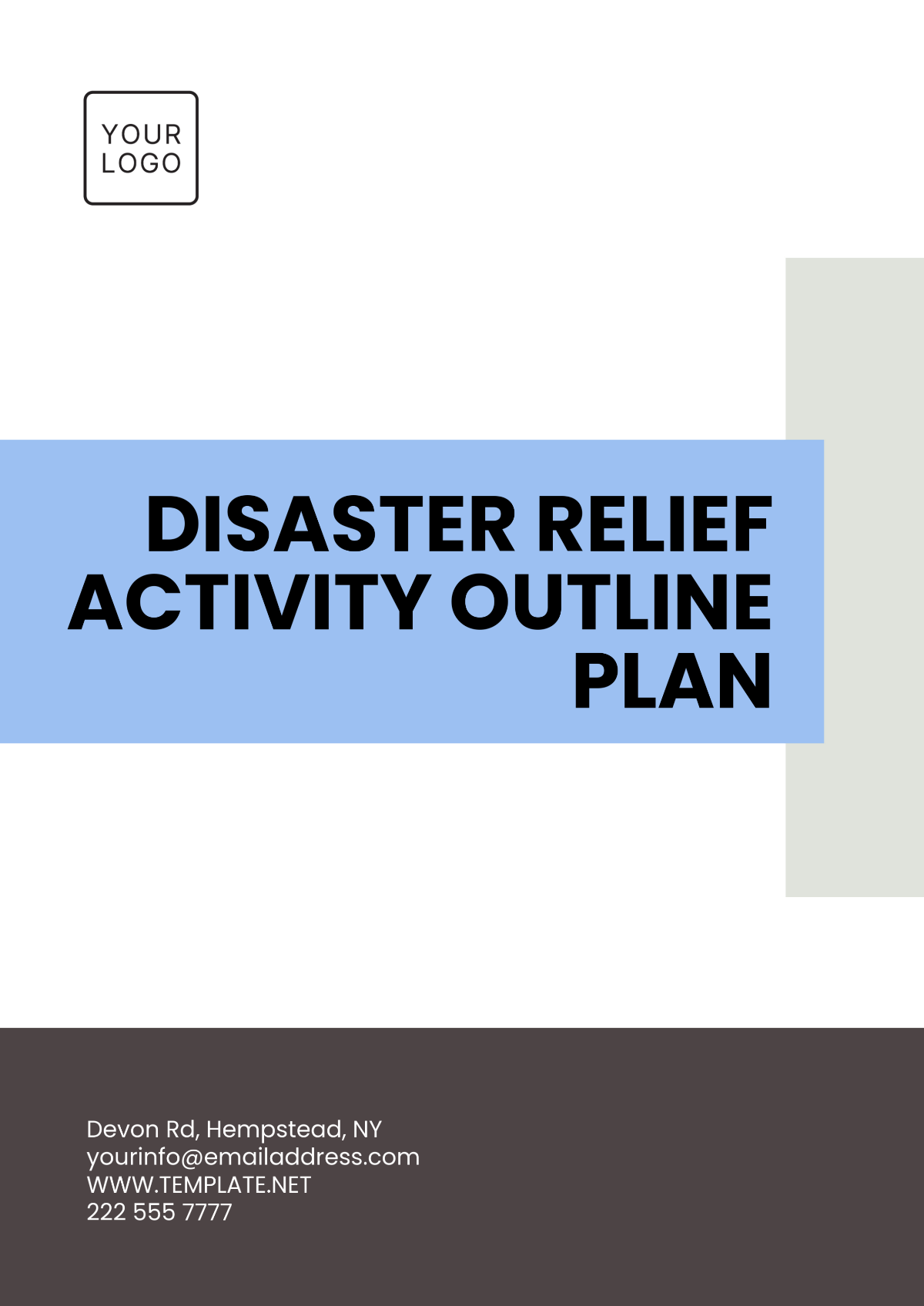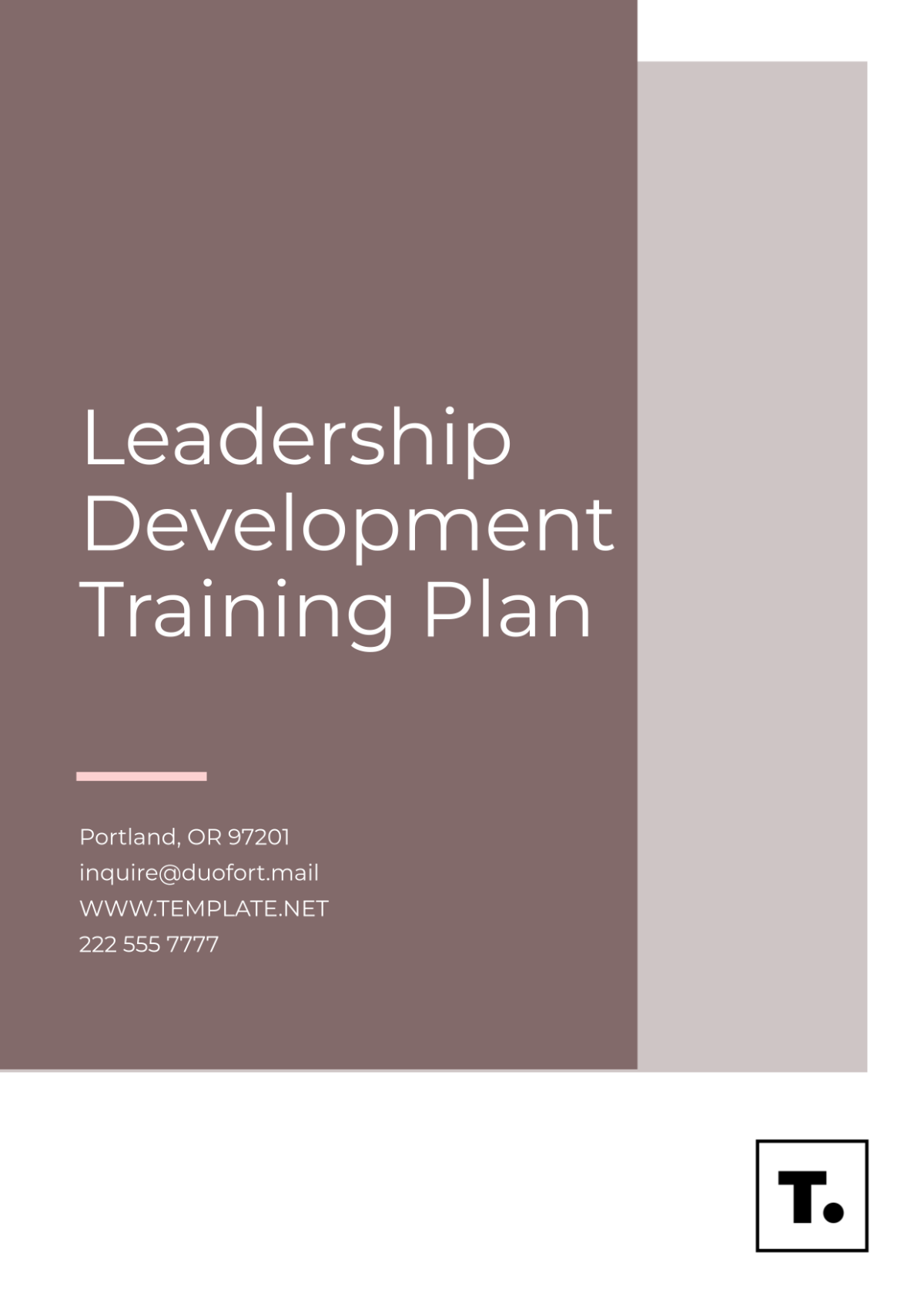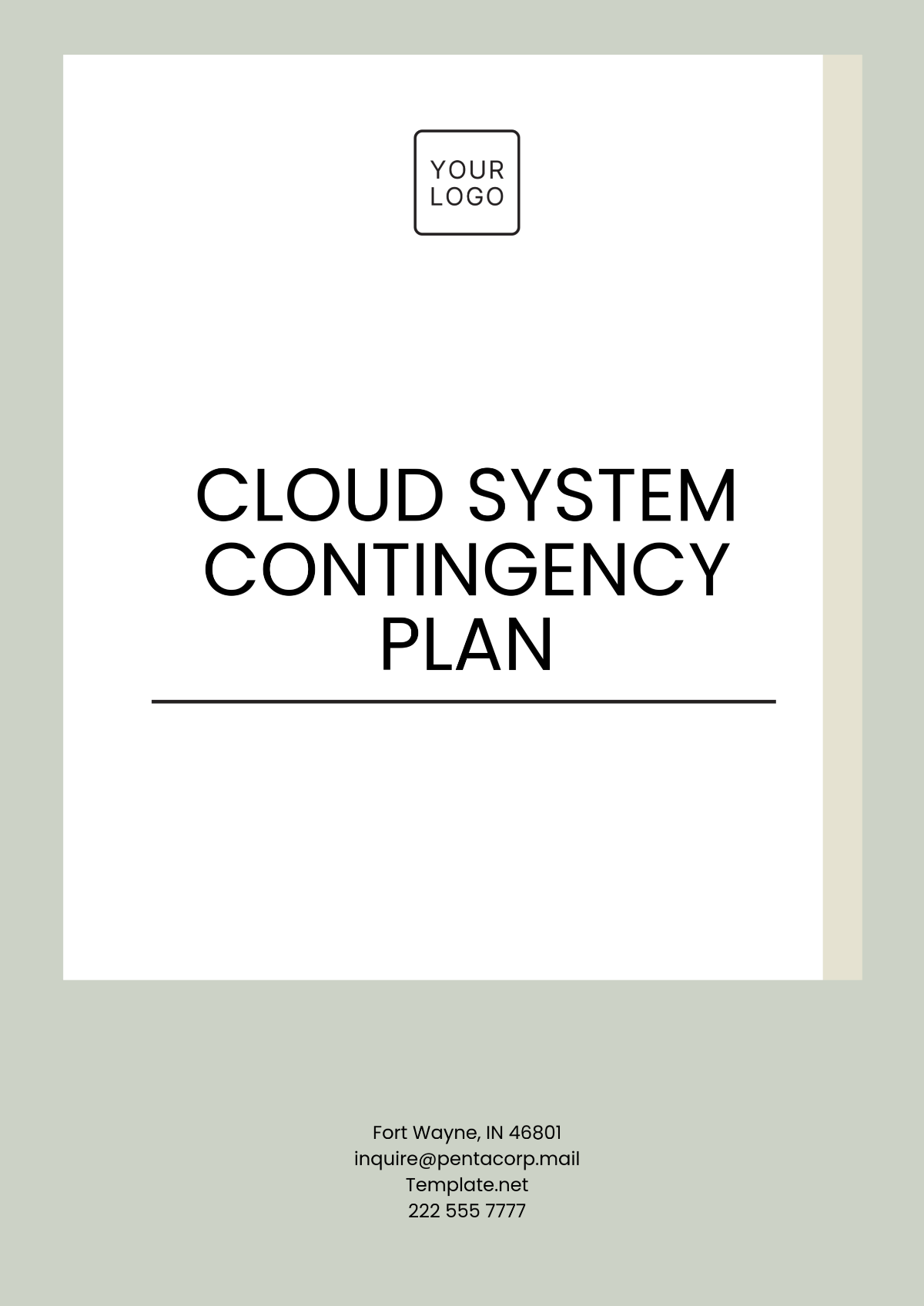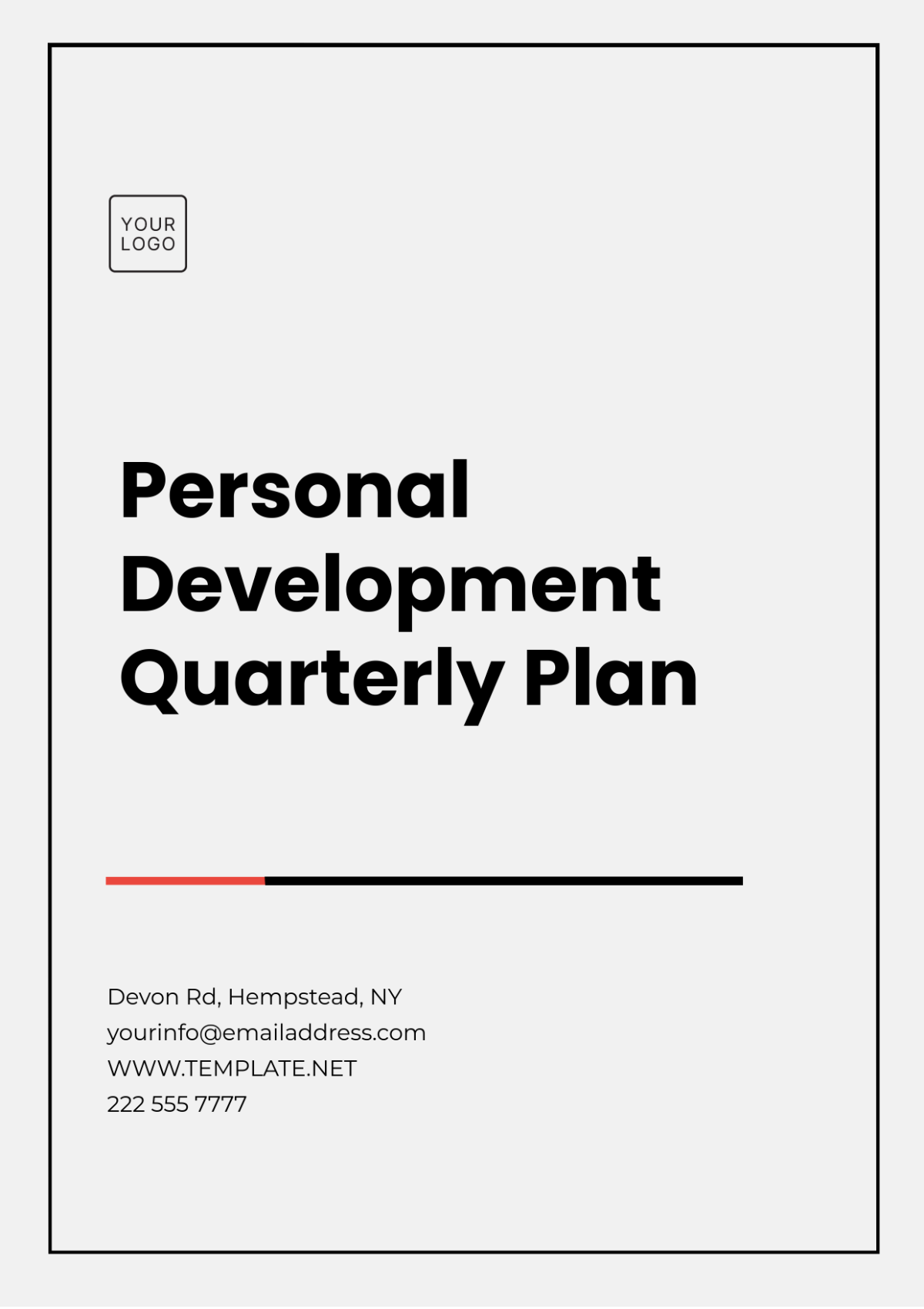Free Operations Process Improvement Plan Template
Operations Process Improvement Plan
I. Introduction
In today’s competitive market, maintaining efficient operations is crucial for the sustained success of [Your Company Name]. The Operations Process Improvement Plan is designed to systematically enhance our operational processes, ensuring that our practices are aligned with industry best standards and legal requirements. This plan serves as a roadmap to identify inefficiencies, streamline procedures, and foster continuous improvement. By leveraging data-driven insights and strategic analysis, [Your Company Name] aims to optimize resource utilization, reduce operational costs, and elevate overall performance.
Our commitment to operational excellence is reflected in this comprehensive plan, which outlines specific goals, methodologies, and action steps tailored to address current challenges and seize growth opportunities. Through regular monitoring and evaluation, [Your Company Name] will implement process improvements that align with legal standards and industry regulations, promoting a culture of innovation and efficiency. This proactive approach ensures that we not only meet but exceed stakeholder expectations, positioning [Your Company Name] as a leader in operational excellence within the marketing industry.
II. Process Mapping
To identify areas of improvement, we will create detailed process maps of existing operations. The following steps will be undertaken:
Identify and document current processes.
Visualize each step using flowcharts or diagrams.
Engage with team members to validate process steps.
Identify bottlenecks and areas of redundancy.
Table 1 illustrates a sample process map for a customer order fulfillment process:
Step | Description | Key Personnel |
|---|---|---|
1 | Receive Order | Customer Service |
2 | Process Payment | Billing |
3 | Package Order | Warehouse Team |
4 | Ship Order | Logistics |
III. Gap Analysis
Gap analysis is a vital component in our Operations Process Improvement Plan, designed to identify discrepancies between our current operational performance and our desired objectives. This analysis allows [Your Company Name] to pinpoint inefficiencies and opportunities for enhancement within our processes. The primary steps involved in conducting a thorough gap analysis include:
Review Process Maps: The first step involves a detailed examination of our existing process maps to ascertain current performance levels. By documenting and analyzing each process, we can understand how workflows are currently executed and where potential inefficiencies or bottlenecks exist. This review helps in capturing the baseline performance metrics necessary for identifying gaps.
Set Benchmarks for Expected Performance: Establishing clear benchmarks is crucial for defining the target performance standards we aim to achieve. These benchmarks are derived from industry best practices, historical data, and strategic goals specific to [Your Company Name]. Setting these performance standards provides a reference point for measuring how our current processes align with our desired outcomes.
Identify Gaps Between Current and Desired Performance: With current performance data and performance benchmarks in hand, we then identify the gaps between the existing state and the desired state. This involves comparing actual performance against the set benchmarks to highlight discrepancies. Understanding these gaps helps in pinpointing specific areas where processes are falling short and where improvements are needed.
Prioritize Gaps Based on Their Impact: Not all gaps have the same level of impact on overall efficiency. Therefore, it is essential to prioritize the identified gaps based on their significance. We assess each gap’s potential effect on operational performance, customer satisfaction, and strategic objectives. Prioritizing gaps allows us to allocate resources effectively and focus on areas that will deliver the most substantial improvements.
IV. Improvement Strategies
Effectively addressing operational gaps requires a strategic approach that integrates various improvement methodologies. To bridge the identified gaps and enhance overall performance, [Your Company Name] will implement a range of targeted strategies. These strategies are designed to streamline processes, optimize resource utilization, and ensure that improvements are both sustainable and measurable.
The following table outlines the key improvement strategies to be employed, detailing their objectives and implementation methods. Each strategy is tailored to address specific operational challenges and drive meaningful enhancements. By leveraging Lean Six Sigma, automation, training, and performance metrics, [Your Company Name] aims to foster a culture of continuous improvement and achieve operational excellence.
Strategy | Objective | Implementation Method |
|---|---|---|
Lean Six Sigma | Reduce waste and improve quality | Apply methodologies such as DMAIC (Define, Measure, Analyze, Improve, Control) to enhance process efficiency and quality. |
Automation | Automate repetitive tasks | Implement technology solutions to automate routine tasks, reduce manual effort, and increase accuracy. |
Training and Development | Enhance employee skills and knowledge | Develop and conduct targeted training programs to improve staff competencies and support professional growth. |
Performance Metrics | Measure and track improvements | Establish Key Performance Indicators (KPIs) to monitor progress, evaluate effectiveness, and guide decision-making. |
V. Implementation Plan
A structured approach is essential for effectively executing the improvement strategies outlined. To ensure a smooth transition from planning to execution, [Your Company Name] will adopt a phased implementation plan. This methodical approach allows us to test, refine, and scale our strategies systematically, minimizing risks and maximizing impact.
Below are the detailed phases of the implementation plan, outlining each stage's objectives and actions to achieve successful execution.
Phase | Objective | Actions |
|---|---|---|
Phase 1: Pilot Testing | Conduct trials in a controlled environment | Run pilot programs to test strategies on a smaller scale, gather data, and refine approaches based on feedback. |
Phase 2: Full-Scale Rollout | Extend successful pilots across the organization | Implement proven strategies organization-wide, ensuring all departments are integrated into the new processes. |
Phase 3: Continuous Monitoring | Regularly review performance metrics to identify further improvements | Continuously track performance metrics, evaluate outcomes, and make necessary adjustments to sustain and enhance improvements. |
Timeline for the implementation plan:
Phase | Timeline | Key Activities |
|---|---|---|
Pilot Testing | Month 1-2 | Identify pilot teams, Conduct training, Implement initial changes |
Full-Scale Rollout | Month 3-6 | Expand changes, Monitor performance, Resolve issues |
Continuous Monitoring | Ongoing | Review KPIs, Conduct audits, Refine processes |
VI. Review and Feedback
Ongoing assessment and feedback are critical for the success of process improvement initiatives. To ensure that our efforts are aligned with objectives and delivering the desired results, [Your Company Name] will establish a robust review and feedback mechanism. This approach will facilitate timely adjustments and continuous enhancement of our strategies. Regular check-ins and reviews will help us stay on track and respond effectively to emerging insights:
Weekly check-ins with pilot teams to monitor initial progress.
Monthly performance reviews to assess the impact of changes.
Quarterly feedback sessions with stakeholders to gather insights and suggestions.
VII. Conclusion
The Operations Process Improvement Plan for [Your Company Name] represents a comprehensive approach to enhancing our operational efficiency and effectiveness. By systematically identifying gaps, implementing targeted improvement strategies, and adopting a phased implementation plan, we are positioning ourselves to achieve significant operational advancements. This plan is designed to address current inefficiencies and align our processes with industry best practices and legal standards, ensuring sustainable growth and competitive advantage.
The phased implementation, beginning with pilot testing and followed by full-scale rollout and continuous monitoring, ensures that our strategies are tested, refined, and effectively scaled across the organization. By adopting Lean Six Sigma methodologies, leveraging automation, investing in employee training, and establishing robust performance metrics, we aim to drive substantial improvements in our operations. This approach not only addresses immediate challenges but also fosters a culture of continuous improvement, aligning our processes with both strategic goals and stakeholder expectations.
Regular reviews and feedback sessions will be integral to the success of this plan. Through weekly check-ins, monthly performance reviews, and quarterly feedback sessions, [Your Company Name] will ensure that our initiatives remain on track and responsive to evolving needs. This commitment to ongoing evaluation and refinement will help us maintain operational excellence and adapt to future challenges, ultimately supporting our mission to deliver superior value and achieve long-term

